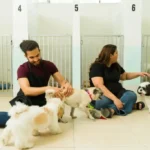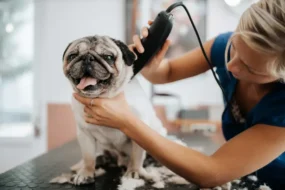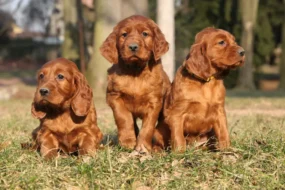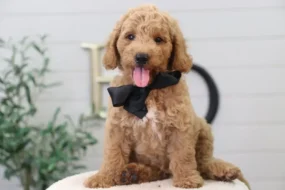
As fun as they are to hang around and play with, Coonhounds are definitely a handful when it comes to managing and maintaining them. Training a Coonhound can be a teeny bit of a problem since their hunting instincts and stubbornness can make the process quite challenging. That said, there’s no reason that you can’t still train your dog.
In this article, we’ll show you how to train a Coonhound. First, let’s start with understanding why they’re difficult to train.
Why Are Coonhounds Difficult to Train?
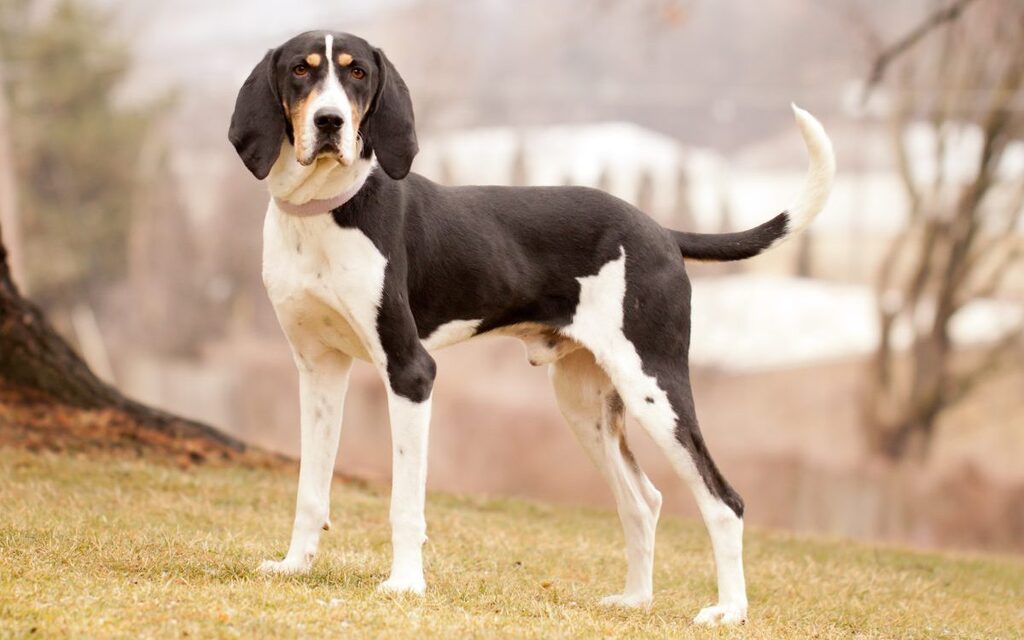
Here are a couple of reasons why you might find it hard to train your Coonhound:
Independence
As you probably know, Coonhounds, including breeds like the Treeing Walker Coonhound and Black and Tan Coonhound, were originally bred for hunting purposes.
This breeding history has ingrained in them a degree of independence. They were trained to track and tree game (usually raccoons) without much human intervention. This independence can make them less eager to please their owners compared to some other breeds.
Strong Hunting Instinct
Your Coonhound has a strong prey drive and hunting instinct. This instinct can be difficult to override during training, especially if they catch a scent or become focused on a potential target while outdoors. Their strong desire to follow scents and investigate can lead them to ignore commands.
Distractions
Coonhounds are often easily distracted by scents and sounds in their environment. This makes it challenging to maintain their attention during training sessions, particularly in outdoor settings where there are many sensory stimuli.
Stubbornness
Some Coonhounds can exhibit stubborn behavior, especially if they are not properly motivated or if their training is inconsistent. This stubbornness can make it difficult to achieve consistent results in training.
Socialization
Coonhounds, like many hunting breeds, require early and thorough socialization to ensure they are well-adjusted and comfortable in various situations and around different people and animals. If they are not properly socialized, they may become anxious or reactive in unfamiliar settings.
How Can I Train My Coonhound?
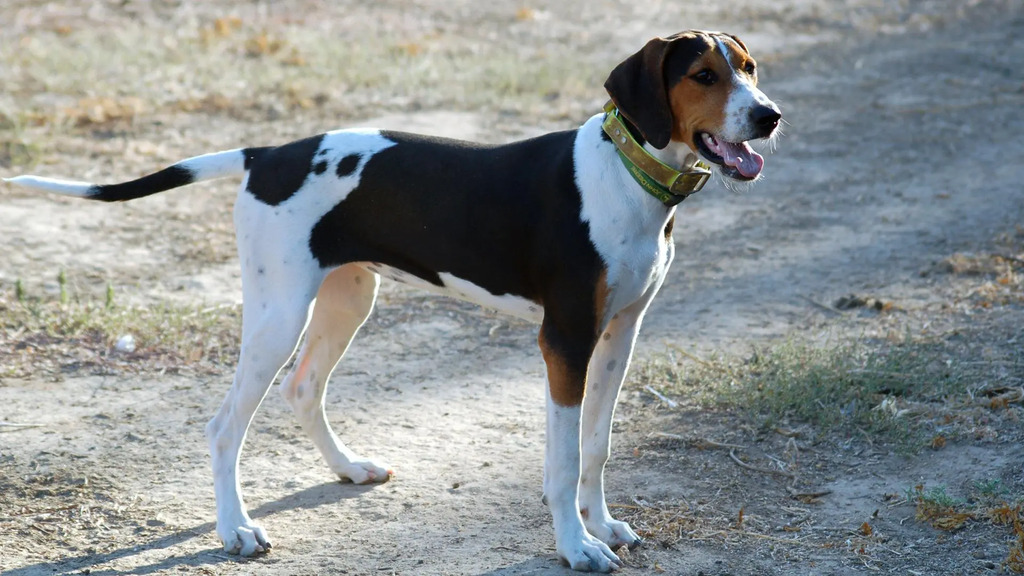
It’s difficult, but it’s definitely not impossible to train your energetic Coonhound buddy. If you’re looking to get a therapy dog and Coonhounds have caught your eye, then you’ll want to follow the following best practices to get a head start:
Start Early
Begin training as soon as you bring your Coonhound puppy home. Puppies are more receptive to learning and forming habits at a young age.
Make Friends
Help your Coonhound get used to different people, animals, and places. This helps them feel comfortable and not scared or mean.
Learn the Basics
Teach your Coonhound basic commands like “sit,” “stay,” “come,” and “down.” When they do what you ask, give them treats or say nice things to them.
Walking on a Leash
This is one of the most basic parts of training – Coonhounds can pull on their leash because they like to follow smells. Use a special harness or head halter and teach them to walk without pulling, and make sure to give them rewards when they do well!
Use the Same Words
When you tell your Coonhound to do something, always use the same words and hand signals. It’s also really important that if there are other people in your house, they also say and do the same things related to training. This helps them understand what you want without being confused.
Play and Learn
Coonhounds need to play and use their brains. Give them lots of exercise with walks, running, and games. Toys that make them think are good too.
Stay Calm
Sometimes, Coonhounds take more time to learn than other dogs. Be patient, stay calm, and keep a positive attitude during training.
These steps will get you started if you’re looking to train your Coonhound yourself, but it’s definitely not the only option – you can also look into getting professional dog training. This can be in the form of online classes, recorded training programs, or in-person training – whichever suits you best!
Final Words
In the end, remember to be patient, and consistent, and always be friendly to your canine buddy. Training is a journey for both of you to take part in together and it can certainly be a long one, so hang tight!
In Case You Missed It!







